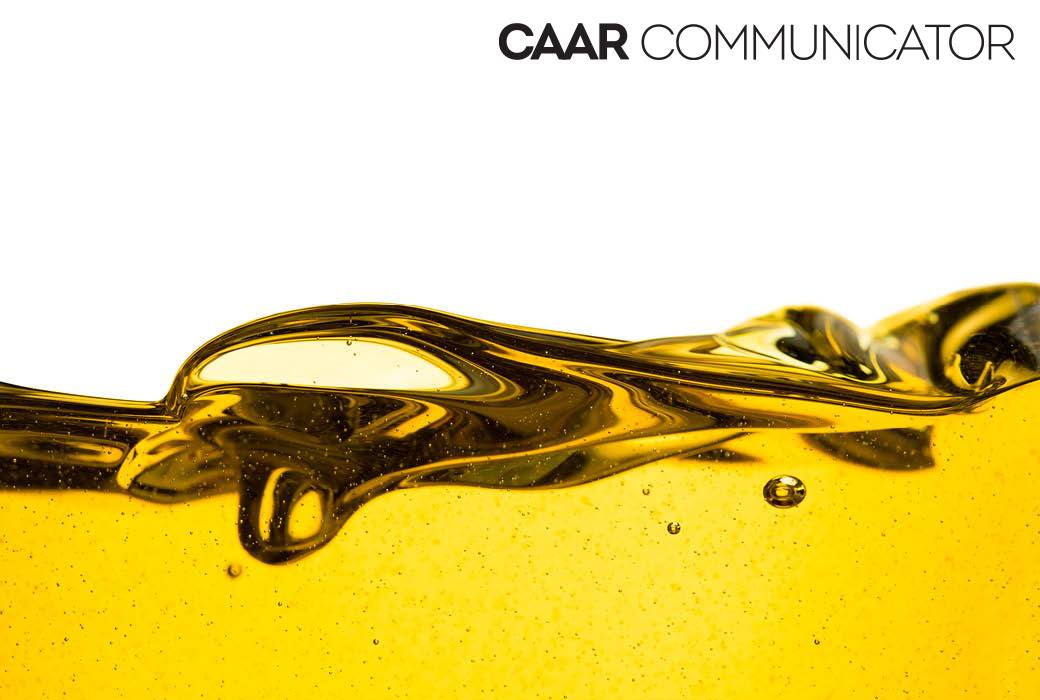
It’s coming soon, and we know you’ve at least heard of it.
Canada’s new performance-based Clean Fuel Standard will be part of the Canadian backdrop beginning sometime in late 2021, and, as such, it will affect farms and agri-businesses in different ways when reduction requirements come into force December 1, 2022.
That doesn’t leave a lot of time between now and then to adjust the way your business currently operates—so if you haven’t already started, you might as well do so now.
The Federal Government has stated that greenhouse gases (GHG)—carbon dioxide (CO2), methane (CH4), nitrous oxide (N2O), sulphur hexafluoride (SF6), perfluorocarbons, hydrofluorocarbons, and nitrogen trifluoride (NF3)—are the main contributors to climate change, with the largest sources of GHG emissions in Canada derived from the extraction, processing and combustion of fossil fuels.
For the Canadian agriculture industry, it impacts everything from home and facility heating, to tractors, harvesters, ATV/UTVs, plows, harrows, spreaders, seeders, balers—you get it. This proposed Clean Fuel Standard affects farms, farmers, and of course, the agri-retail segment.
How Does This Affect Me?
As presented in December of 2020, the proposed Clean Fuel Standard requires primary liquid fossil fuel suppliers—both producers and importers—to reduce the carbon intensity of the fuel produced and imported into Canada from the 2016 levels by 2.4 gCO2e/MJ (2.4 grams of carbon dioxide equivalent per megajoule) by the year 2022 and to increase the reduction requirement to 12 gCO2e/MJ in 2030.
This is a decrease in carbon intensity by about 13 percent from 2016 levels, or a reduction of nearly 21 megatonnes of carbon emissions.
For reference, according to the Government of Canada: in 1991 our GHG emissions were at a low of 596 megatonnes, but as of 2019 the national emissions rate was at 730 megatonnes.
The agriculture sector is responsible for approximately eight percent of that GHG emissions increase, per estimates within the Environment and Climate Change Canada, National Inventory Report 1990-2019: Greenhouse Gas Sources and Sinks in Canada.
The new Clean Fuel Standard will incentivize low carbon fuel uptake, end-use fuel switching in transportation, and process improvements in the oil and gas sector. The end-result—hopefully—is the creation, development and adoption of cleaner fuels and more energy-efficient technologies and processes.
One such business, held up as an example by the Canadian government, is Greenfield Global, the nation’s leading producer of low-carbon ethanol, operating four ethanol distilleries in Ontario and Quebec, including a biorefinery in Varennes, Quebec. It also operates five specialty chemical manufacturing and packaging plants in Canada, the U.S. and Europe. Each year, Greenfield produces about 200 million litres of renewable, low-carbon ethanol fuel at its biorefinery in Varennes.
Ethanol is a high-octane, economical, clean-burning fuel made from starch-based crops. Anyone who has ever filled up at the gas station knows that most gasoline sold in Canada already contains some ethanol, added to reduce air pollution and lower GHG emissions compared to the previous fossil fuel mix.
The higher the ethanol blend in gasoline, the larger the carbon reductions, and the lower our greenhouse gas emissions will be.
The proposed Clean Fuel Standard will allow renewable fuel producers such as Greenfield to generate credits based on the carbon reductions its fuels create. These credits can be sold to fossil fuel suppliers to help meet its own compliance obligations.
But At What Cost?
In case you were wondering, the Clean Fuel Standard will end up costing the people of Canada more money.
Specifically, there’s no way to tell you exactly how much more everything will cost.
A guesstimate suggests that we can expect the Clean Fuel Standard to increase the cost of a litre of gas by some 11-cents over the next decade—but hands up if you knew that was going to happen regardless of the new regulation. Be it taxes, production costs, or supply and demand, fuel will be increasingly more expensive.
A break-even analysis done in 2016 compared the societal cost per tonne of the proposed regulations to the departmental value of the social cost of carbon (SCC), along with updates to it.
The updated estimates of the SCC were found to exceed the estimated societal cost per tonne of the proposed regulations, ergo it is believed that the monetized benefits would exceed its costs.
The Clean Fuel Standard will, it is supposed, also increase production costs for primary suppliers, which in turn would increase prices for liquid fuel consumers (households and industry users).
However, credit revenues would decrease the costs of production for low-carbon energy suppliers, making low carbon energy sources such as biofuel and electricity, less expensive in comparison.
It is hoped that these price effects may lead to a decreased end-user demand of fossil fuels and increase end-use demand for lower carbon energy sources that would reduce Canada’s GHG emissions.
The proposed Clean Fuel Standard was estimated to result in annualized net administrative cost increases of about $350,100 for fossil fuel producers and importers, while annualized administrative cost savings for renewable fuel producers and importers are estimated at $55,200. The total net annualized administrative cost increases are estimated at $294,900 for all stakeholders.
How much it may cost agri-retailers and or farmers in the long-term is still unknown at this time.

